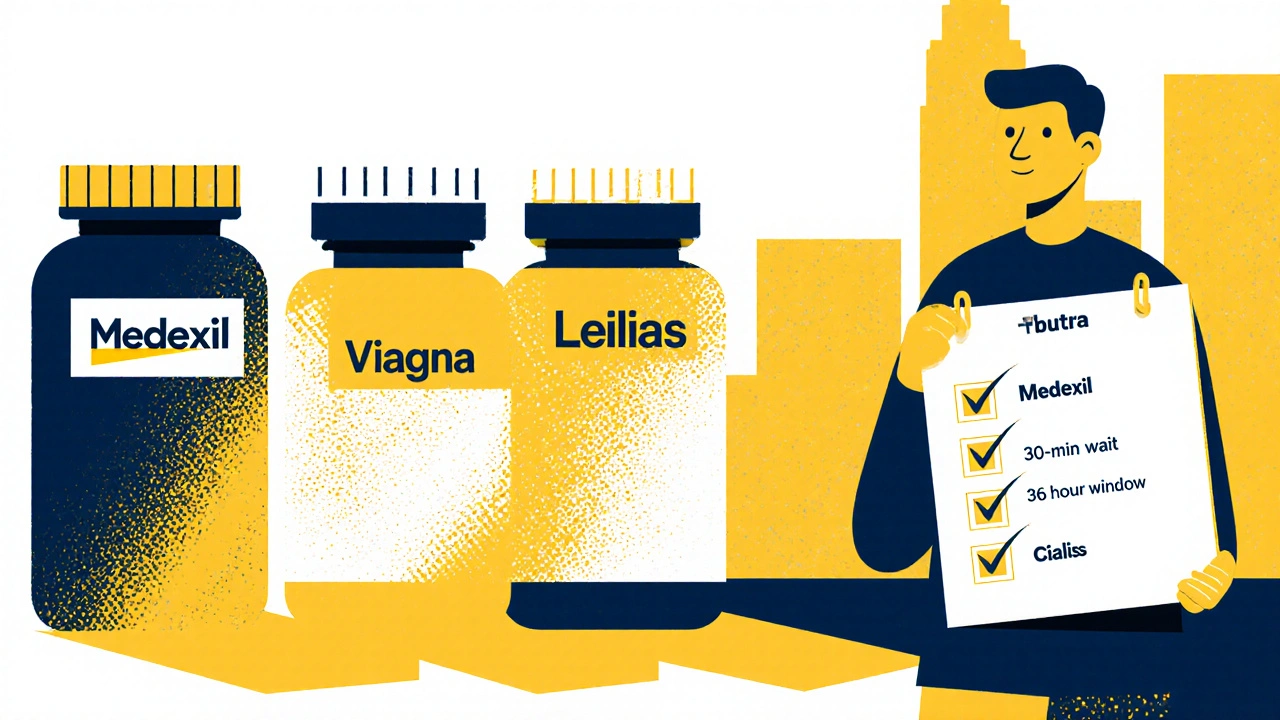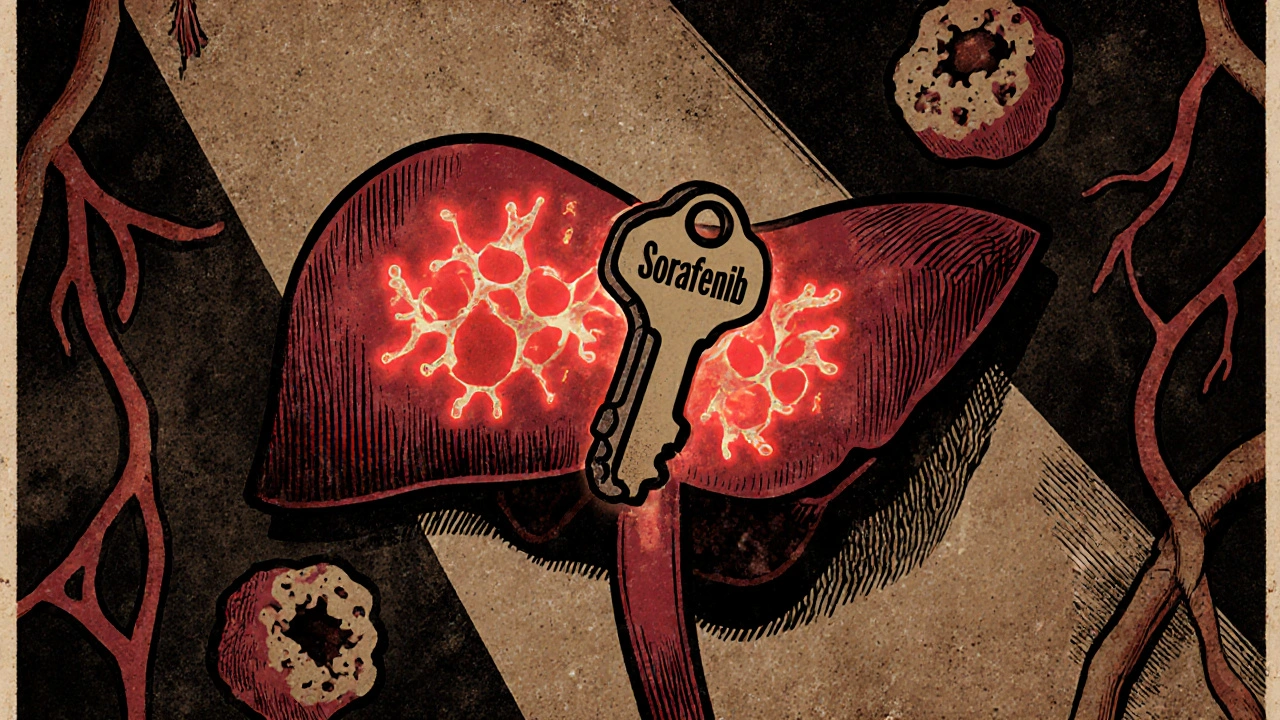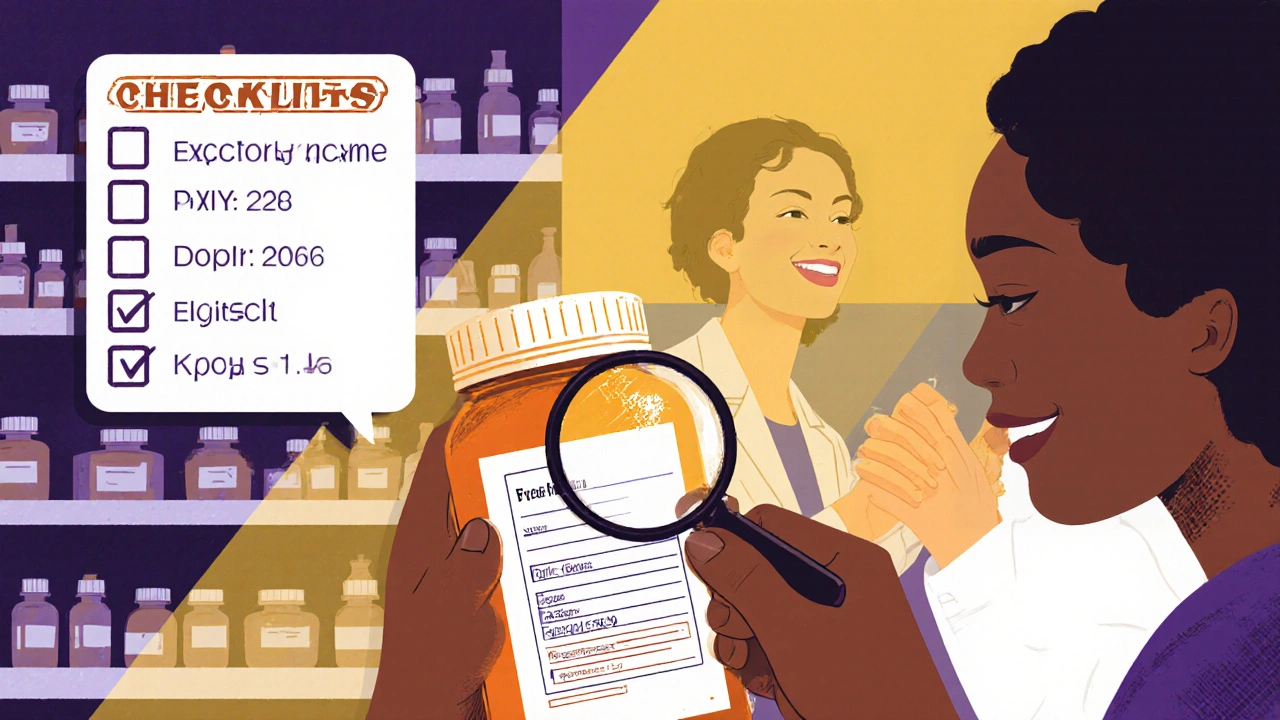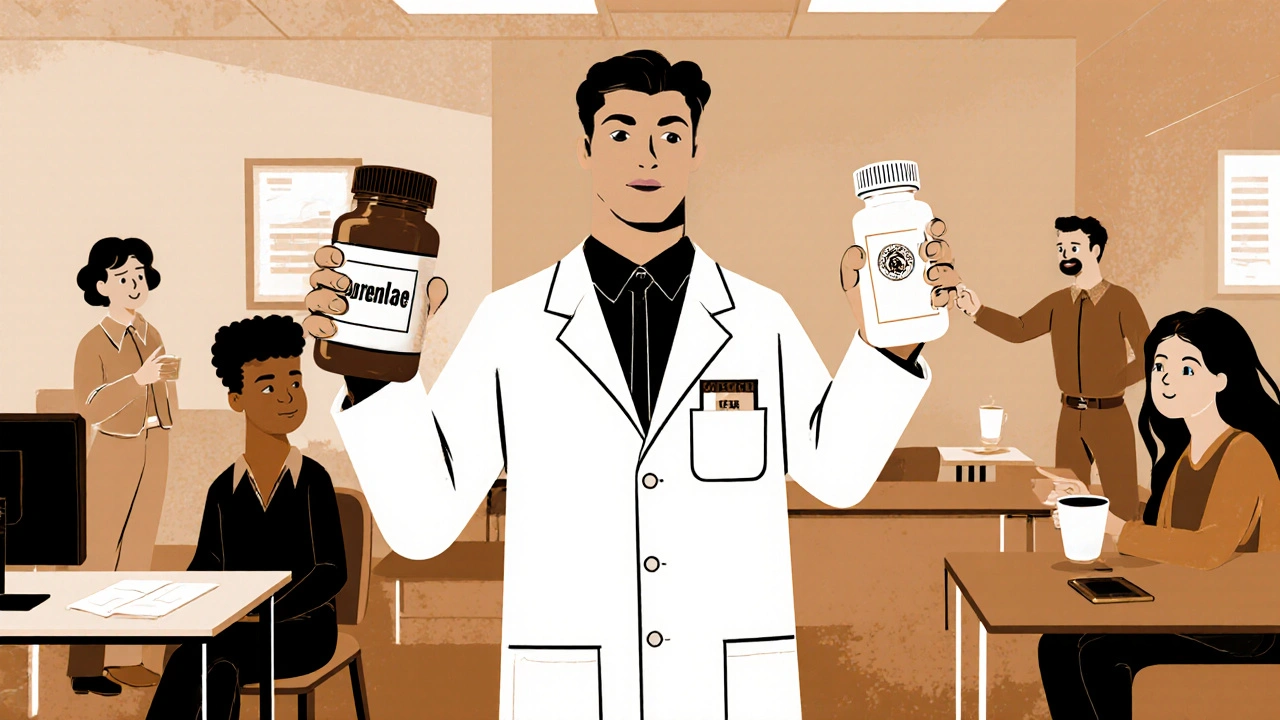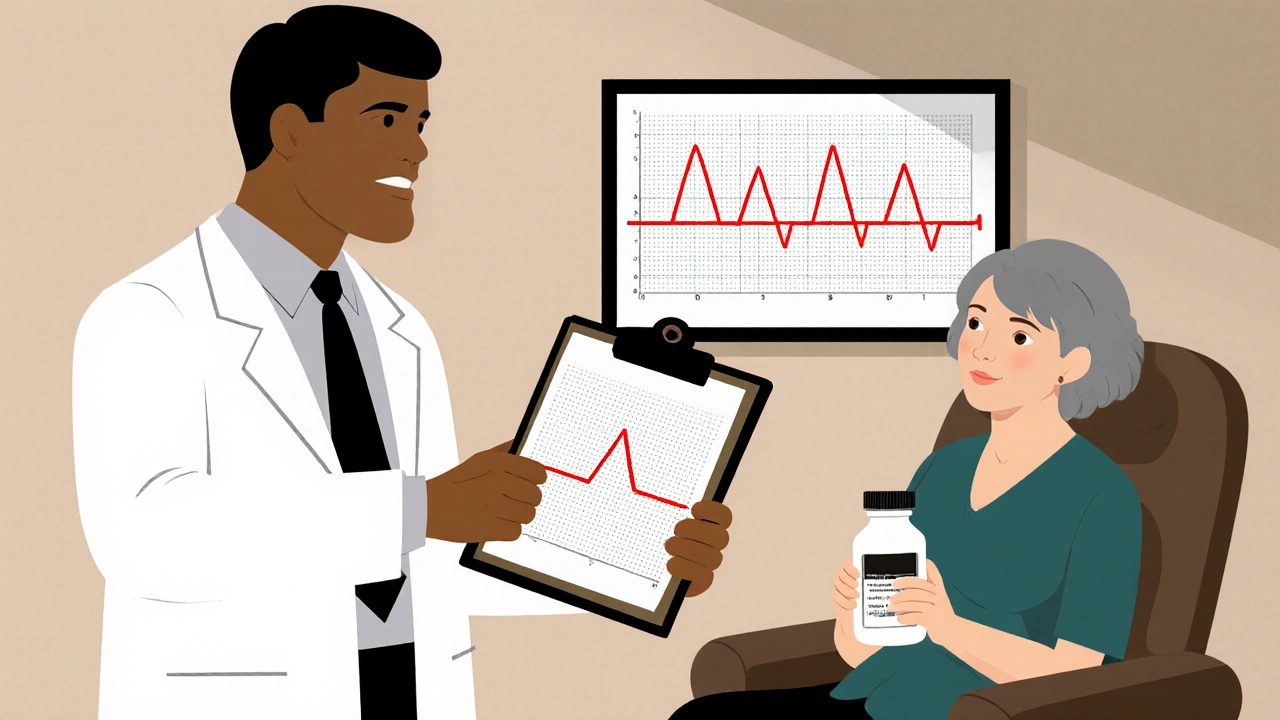Antifungal Medication: What You Need to Know
Got a rash, nail discoloration, or an itchy scalp? Chances are a fungus is behind it. Antifungal medication can clear up the problem, but only if you use it right. This guide breaks down the basics, so you can pick the right product, follow the plan, and avoid common pitfalls.
Common Antifungal Drug Categories
Antifungals fall into two big groups: oral (taken by mouth) and topical (applied to the skin, nails, or hair). Oral pills work system‑wide, so they’re useful for yeast infections, ringworm that spreads, or stubborn nail fungus. Typical oral drugs include fluconazole, itraconazole, and terbinafine. They often require a prescription and a short blood test to check liver function.
Topical options stay on the surface. Creams, sprays, and shampoos are great for athlete’s foot, jock itch, or mild scalp dandruff. Common ingredients you’ll see are clotrimazole, miconazole, and terbinafine. They’re usually sold over‑the‑counter, but stronger formulas might still need a doctor’s approval.
How to Use Antifungals Safely
First, follow the label or your doctor’s directions exactly. Skipping doses or stopping early lets the fungus bounce back—and might make it harder to treat later. For oral meds, take them with food if the instructions say so; that helps your stomach absorb the drug.
When you apply a cream, clean the area, dry it well, and then spread a thin layer. Don’t cover it with a bandage unless the label says you can—some fungi need air to die off. If you’re treating nail fungus, keep your nails trimmed and file the surface lightly before applying lacquer or solution. This gives the medication a better grip.
Watch for side effects. Oral antifungals can cause nausea, headache, or liver stress, so call your doctor if you feel anything unusual. Topicals might cause mild redness or itching; that usually fades in a day or two. If a rash spreads or gets worse, stop the product and get medical advice.
Finally, prevent reinfection. Keep your feet dry, change socks daily, and avoid walking barefoot in public showers. For skin, use a separate towel for the affected area and wash it in hot water after each use. If you’ve had a fungal infection before, consider using a preventive spray or powder during high‑risk activities like sports.
Bottom line: Antifungal medication works best when you know the type you need, stick to the dosing schedule, and take steps to keep the fungus from coming back. Got more questions? Check out our other articles on related meds and health tips for deeper insight.
